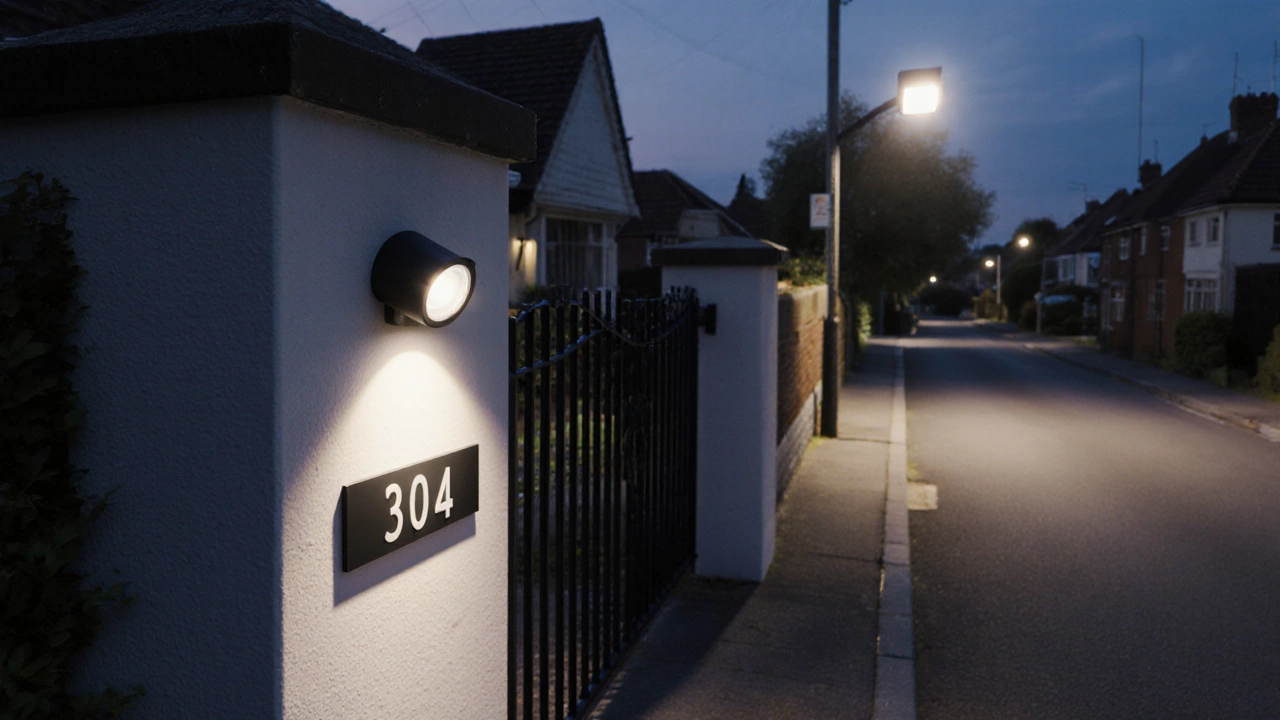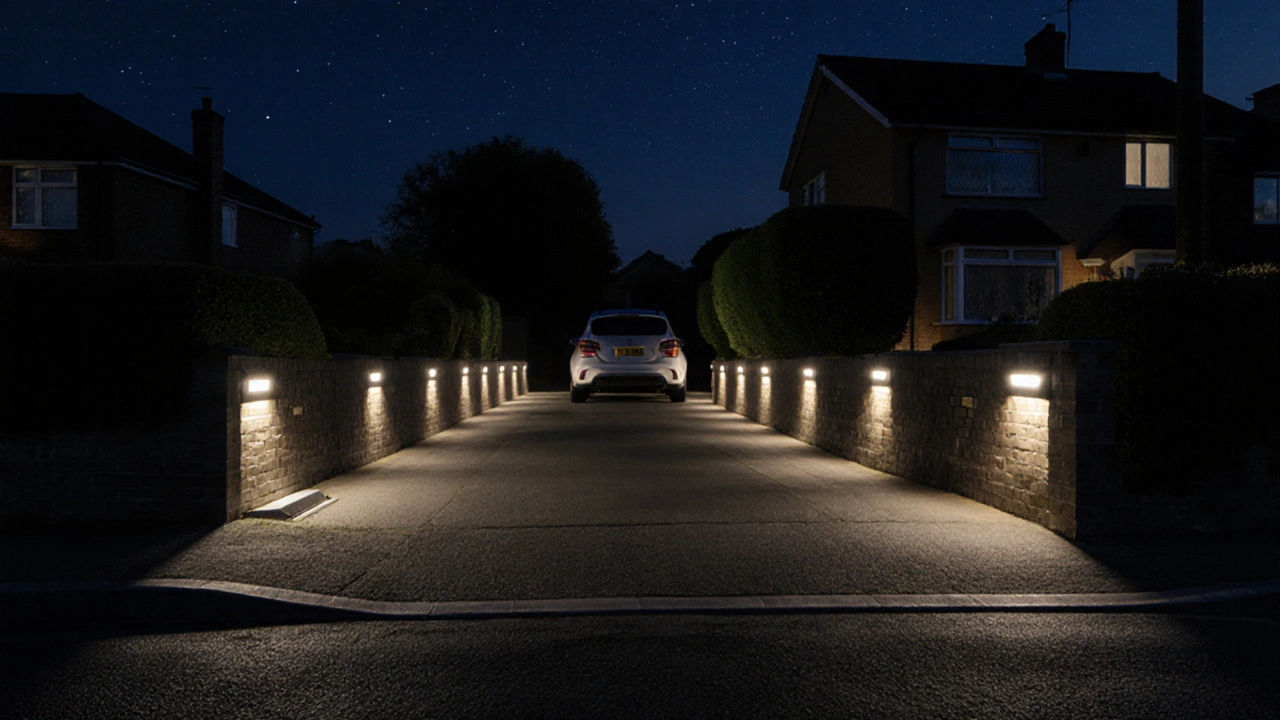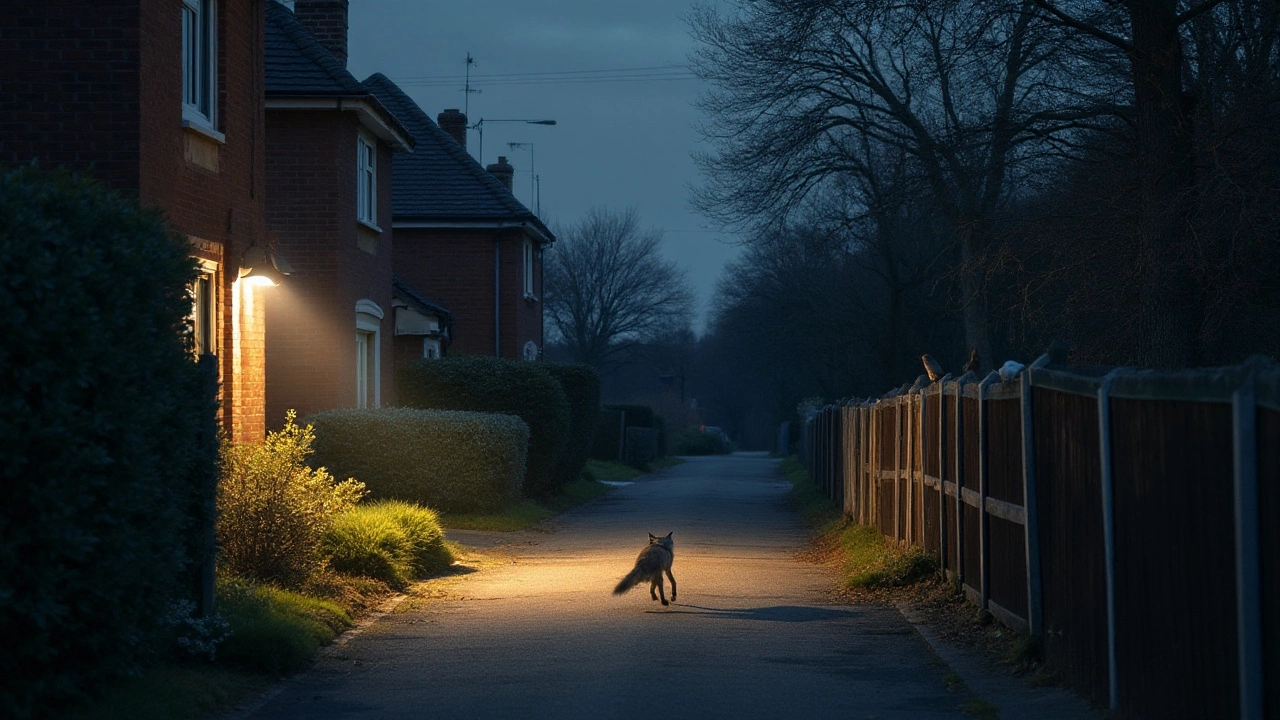When the sun goes down, a good outdoor security light can be the difference between a safe night and a broken window. Most homeowners think any bright bulb will do, but the type, placement, and settings matter a lot. Below you’ll find the basics you need to pick the right light, mount it at the perfect height, and avoid common mistakes.
A floodlight floods a large area with intense, steady light. It’s great for driveways, large yards, or anywhere you need an overall glow. A security light, on the other hand, usually has a motion sensor and shines only when something moves, saving energy and reducing light‑pollution. Security lights often use a focused beam that can highlight a door or back‑yard fence.
If your goal is to deter intruders, a motion‑activated security light is usually more effective. The sudden flash startles anyone approaching and records a clear video if you have a camera nearby. For pure illumination—like lighting a garden path or a pool—go with a floodlight. Some modern fixtures combine both: a constant low‑level glow that kicks up to full brightness on motion.
Mounting height plays a big role in how well the light covers the area and avoids blind spots. For most security lights, aim for 8‑10 feet above ground. This height is high enough to see a wide area but low enough to keep the beam focused on doors, windows, and entry points.
Place the sensor where it can see the approach route without being blinded by sunlight or street lamps. A common mistake is pointing the sensor straight up—this creates a blind spot right at the doorway. Instead, angle the sensor down about 30 degrees so the light sweeps the ground where a trespasser would step.
If you use multiple lights, overlap their coverage by about 20 percent. Overlap ensures there are no dark zones and lets you blend different beam types—like a floodlight covering the driveway and a security light watching the back door.
Don’t forget about wiring. Most outdoor lights run on low‑voltage transformer kits, which are safer and easier to install than hard‑wired mains. If you’re not comfortable with electricity, hire a qualified electrician—especially if you need a new circuit for a high‑wattage floodlight.
Finally, think about power consumption. LED security lights use a fraction of the energy of traditional halogen bulbs. Even a 10‑watt LED can throw out as much light as a 60‑watt incandescent, saving you money on the electric bill while still giving bright, reliable coverage.
By picking the right type, setting the correct height, and paying attention to placement, you turn a simple light into a powerful deterrent. Your home will feel safer, your neighbors will notice the upgrade, and you’ll avoid the hassle of constant false alarms.
Need help selecting the perfect fixtures? Total Security Solutions can walk you through the options, handle installation, and set up any needed motion‑sensor integrations with your existing cameras. Get in touch and make your outdoor space a well‑lit, low‑risk zone.

Find out whether a spotlight or floodlight is best for your driveway, covering safety, cost, installation and smart‑home options.

Learn how to safely illuminate your driveway with LED, solar, or motion‑sensor lights. Get step‑by‑step design, wiring, and maintenance tips for lasting security.

Outdoor motion lights have been recognized as a popular security feature to deter burglars by exposing their presence. These lights illuminate when movement is detected, making it harder for intruders to approach without being noticed. Many homeowners appreciate the peace of mind provided by this extra layer of security. In addition to their practical advantages, motion lights are also easy to install and cost-effective. Exploring their effectiveness can help you determine if they are the right addition to your home security system.